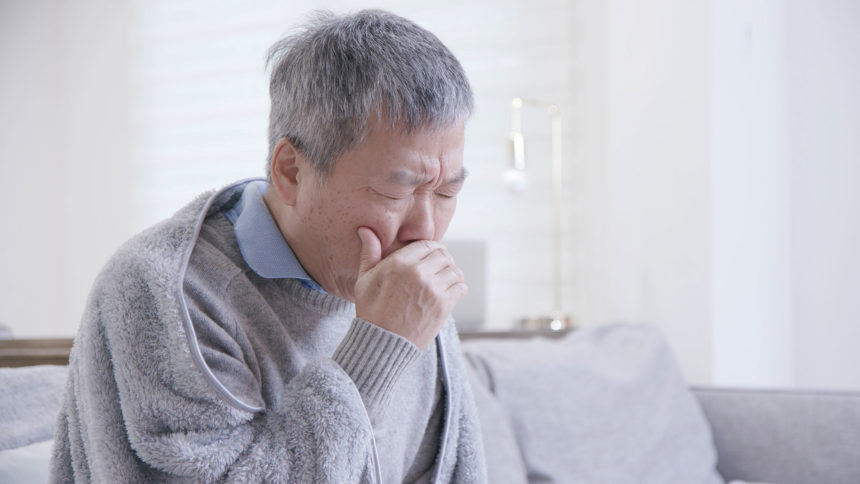
Older adults are more likely to report long-lasting symptoms related to COVID-19 and to have abnormal chest imaging and lung function test results than their younger counterparts, according to a new study.
Researchers in Israel, Switzerland, Italy and Spain followed 2,333 COVID-19 patients for up to five months. They compared long COVID symptoms between those aged 65 years and older with a younger cohort aged 18 to 65 years old, looking specifically at related fatigue and dyspnea (labored breathing).
At their five-month assessments, more patients in the older group reported persistent symptoms. The most common symptoms were fatigue and dyspnea, and somewhat less commonly, cough and joint stiffness. These patients also experienced different persisting symptoms than the younger cohort, including more pronounced pulmonary impairment. Younger patients, meanwhile, were more likely to report headache, chest pain, concentration impairment and emotional distress.
Those most at risk for long COVID symptoms in the older group were women and people with obesity, according to Vered Daitch, of Rabin Medical Center in Israel, and colleagues.
Potential causes
“This burden of persisting symptoms among older adults probably reflects the higher rates of severe COVID-19 and consequent hospitalizations and complications,” the authors reported in the International Journal of Infectious Diseases.
Baseline conditions and comorbidities also likely play into the differences in long COVID symptoms between older and younger adults, they added. Those may include poorer lung function and lower skeletal muscle mass, or sarcopenia. The latter condition is associated with functional decline
“Higher rates of severe COVID-19 with subsequent deconditioning, diminished baseline muscle mass and pulmonary reserve, as well as comorbidities, are assumed to play a role,” they wrote.
High burden of symptoms
Long COVID is estimated to affect from 10% to 30% of recovered patients, with symptoms lasting at least a year, according to the authors. This, together with the high prevalence of long COVID among the elderly population, indicate that clinical attention and resource allocation is needed to address long COVID among older adults, they concluded.
The investigators foresee future research on interventions aimed at promoting rehabilitation and well-being in this population.
Related articles:
Federal report outlines ‘long COVID’ clinical care guidance
Women at ‘significantly’ higher risk of long COVID, researchers find
Seniors’ long-COVID symptoms often overlooked, confused with aging



